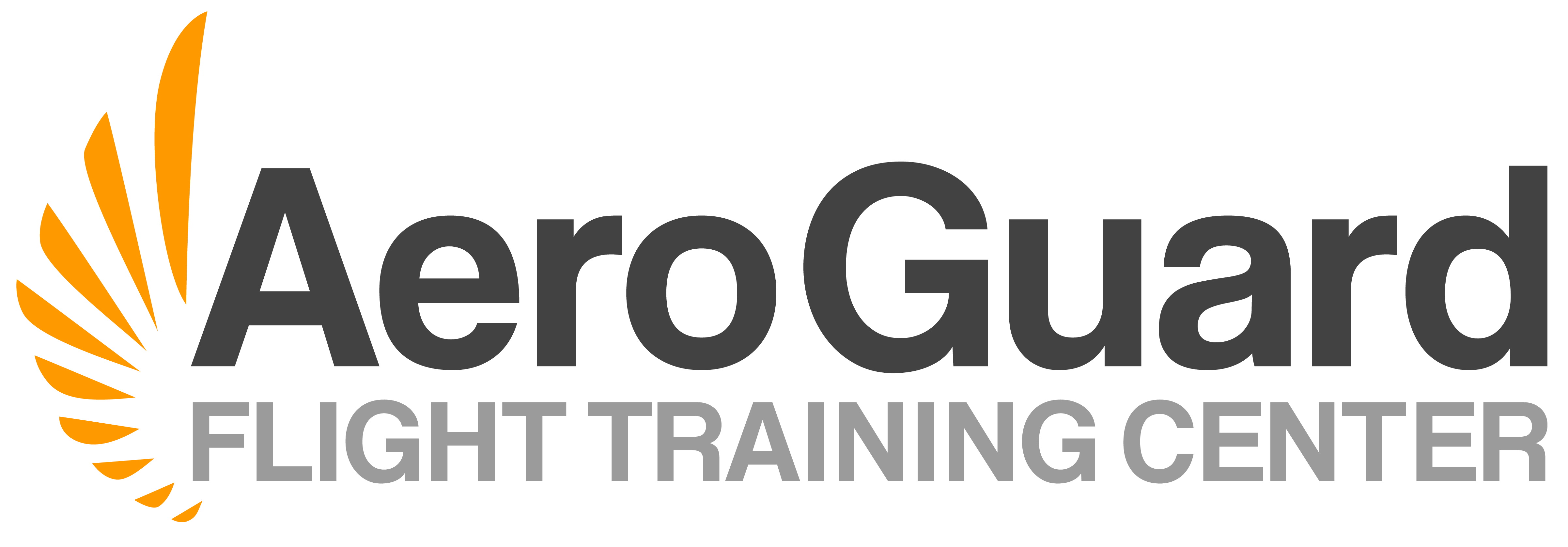What’s the Difference Between Flying Single Engine Aircraft vs. Multi-Engine Aircraft?
When training to be an airline pilot, students typically spend a certain amount of time flying a single engine aircraft as well as a multi-engine aircraft to get the proper experience under their belt. Let’s take a look at the difference in flying each of these types of planes.
Single Engine Aircraft
Flying any aircraft requires a certain level of instruction and knowledge. When a student is first learning to fly, they’ll typically start with a single engine aircraft, such as the Piper Archer. Most single engine aircraft used for flight training are very simple to operate and therefore have fewer controls and less complex systems to understand. While students can complete their training in a multi-engine aircraft as well, flying single engine aircraft is more cost-effective as far as maintenance and fuel.
Many single engine aircraft today are equipped with advanced technology to help them fly as efficiently as possible as well as improve safety on board. However, they are mainly considered less complicated to operate than multi-engine aircraft.
Multi-Engine Aircraft
Multi-engine aircraft, such as the Piper Seminole, are typically faster, provided their two engines. Because of this increase in operating speed, they are generally more mentally tasking for a pilot to fly.
Multi-Engine Flying Responsibilities
Certainly, with a more powerful aircraft comes additional responsibility, as there is more to look after in the cockpit. For example:
- Fuel management
- Altered aerodynamic principles
- More complex systems
Though there are further details to be concerned about when it comes to operating a multi-engine aircraft, they’re considered to be safer. An extra engine is a beneficial component, as it could serve as a backup in case the other engine malfunctions.
The FAA requires additional training for your multi-engine rating.
Additional Training
Pilots typically receive about 10-15 hours of flight time to add their multi-engine rating to their current certificate.
In this aircraft, pilots will be able to notice a difference in how it “feels” when they’re flying. Overall, the aircraft will demonstrate a different level of performance. The positioning and number of propellers and engines on an aircraft make more of a difference than one may think.
Flying a multi-engine aircraft means having a new outlook on making decisions and planning, especially in case of engine failure. Pilots need to make sure they know how to react in the event of one of their aircraft’s engines fails. If an aircraft loses half of its power, it’s a pilot’s duty to understand the safest way to react. Knowing how the loss of power affects the performance and what to do to recover in each phase of flight is imperative.
To earn this rating, you’re required to have an endorsement from an instructor in order to take your checkride.
Operating in a Single vs. Twin Engine
While there are certain consistencies in flying a single engine and a twin engine, there are several differences as well.
Knowledge
One of the biggest differences in flying a multi-engine vs. a single engine involves understanding the aircraft’s aerodynamics, in addition to performance limitations, operation of systems and emergency procedures. Performance charts belonging to each type of aircraft are similar, but students will utilize new charts applicable to multi-engine planes as well.
Students will also gain new knowledge of the multi-engine plane’s landing gear, utilizing a different type of propeller and modified fuel system.
Preparing for Flight
Preparing for flight in both aircraft types is largely the same, but with a more thorough preflight. In comparison to a single engine, there is additional performance data to input in the risk assessment. Weight and balance are also calculated using different graphs depending on the aircraft.
Mindset
Flying a multi-engine aircraft involves more efficiency from the pilot. With each aircraft comes a different checklist, and a multi-engine checklist provides additional tasks to complete in comparison. When flying a single engine aircraft, pilots are constantly looking for a place to land should the engine fail. With a twin engine, similarly, pilots are extra alert, remaining vigilant in the event of engine failure.
Sharpening Your Skills
As they successfully make the transition from flying a single engine aircraft to a multi-engine, students will become more confident, knowing their pilot skills are strong enough and allow them to operate a more convoluted machine.
For AeroGuard students, training starts in single engine aircraft as students learn single aircraft systems, but then moves into multi-engine training at the end of the program to prepare them for their career of flying multi-engine aircraft for commercial airlines.


